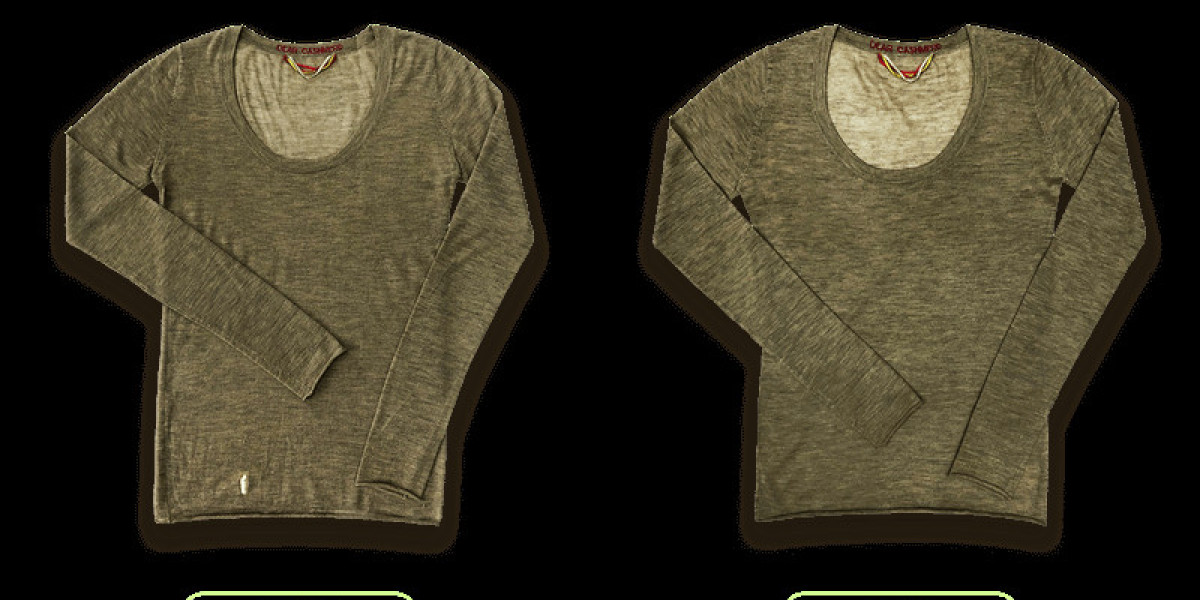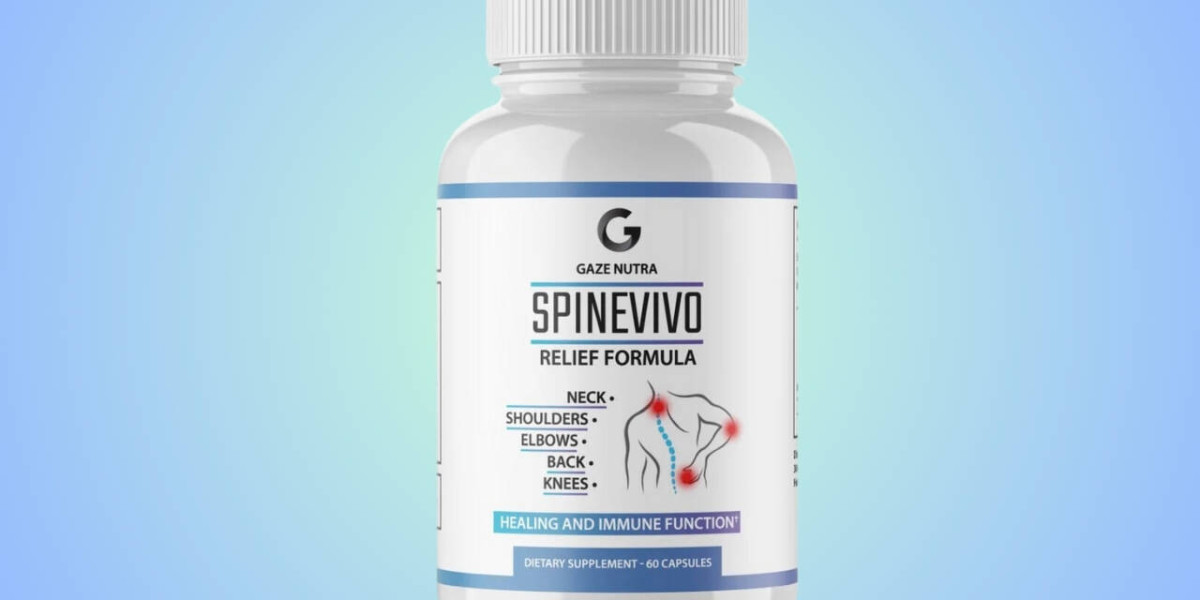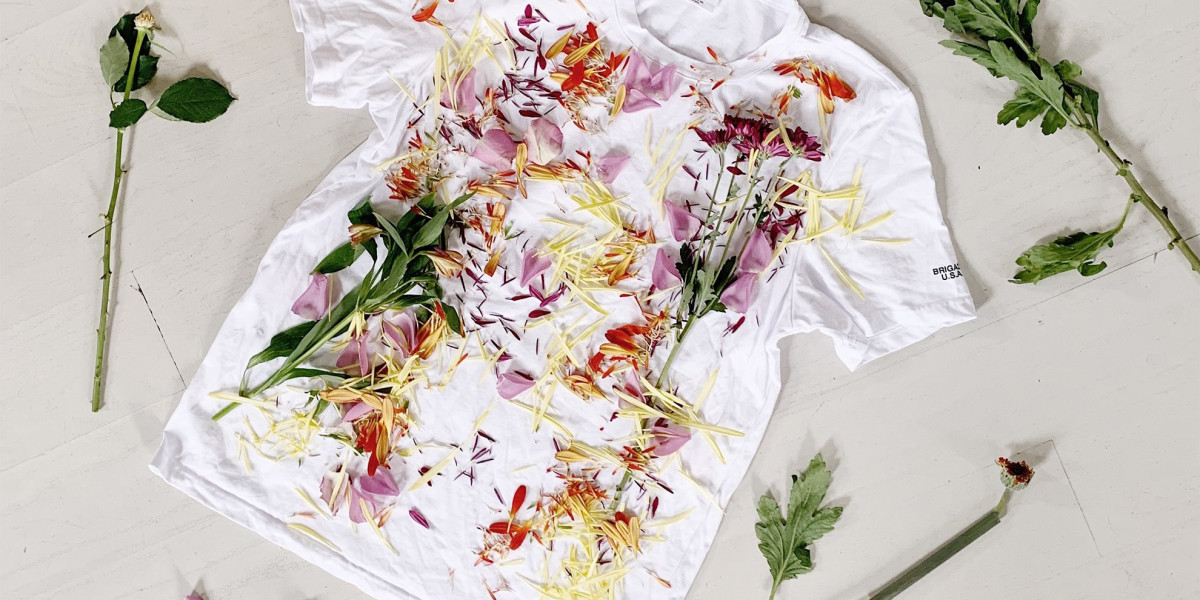Our reweaving specialist can add years of life to special garments & sweaters by making holes, rips & wear as “invisible as humanly possible”. This is a highly skilled and time consuming process that requires patience, fine motor skills and a hooked needle with a sharp point. It works well on most fabrics but is especially effective on wool & worsteds. The results are truly amazing!
Reweaving is a true art form. It involves reweaving threads that have been snipped or ripped from your garment and then replacing the original threads in a precise manner so the repaired area blends perfectly with the surrounding fabric. It’s more complicated than simply sewing or darning and is the only way to truly repair moth holes, rips, tears and worn areas of your cloth.
The reweaving process is done with a hooked needle with a pointed end that has a latch eye on it to pick up the threads as they are being woven. Mother learned this technique from her mentor in Pittsburgh and has perfected it over the years. We use a variety of needles to make repairs to your garment or sweater, depending on the type of damage and desired result.
There are several types of reweaving, including “true” reweaving (also known as French weaving) and overweaving. True reweaving involves weaving threads back in and out of the original threads of your garment to completely close the hole or rip and make it invisible. It is the most expensive reweaving method but provides the best and most invisible repair. Overweaving is more effective on larger holes or rips but it doesn’t replicate the exact pattern of the original cloth and may show signs of mending, such as visible stitches or an altered texture.
Other mending methods include patching, which involves stitching over the damaged area with matching thread. While this is often an effective repair for smaller holes or rips, it can alter the appearance of your garment and may not hold up over time.
Another mending technique is darning, which involves hand-stitching over the damage with a matching thread. While this is an inexpensive and quick repair, it can leave noticeable stitches and doesn’t always blend with the surrounding fabric. In many cases, the fabric will be stressed over the time it takes to darn it, which can weaken the structure of your cloth and lead to more damage in the future.



